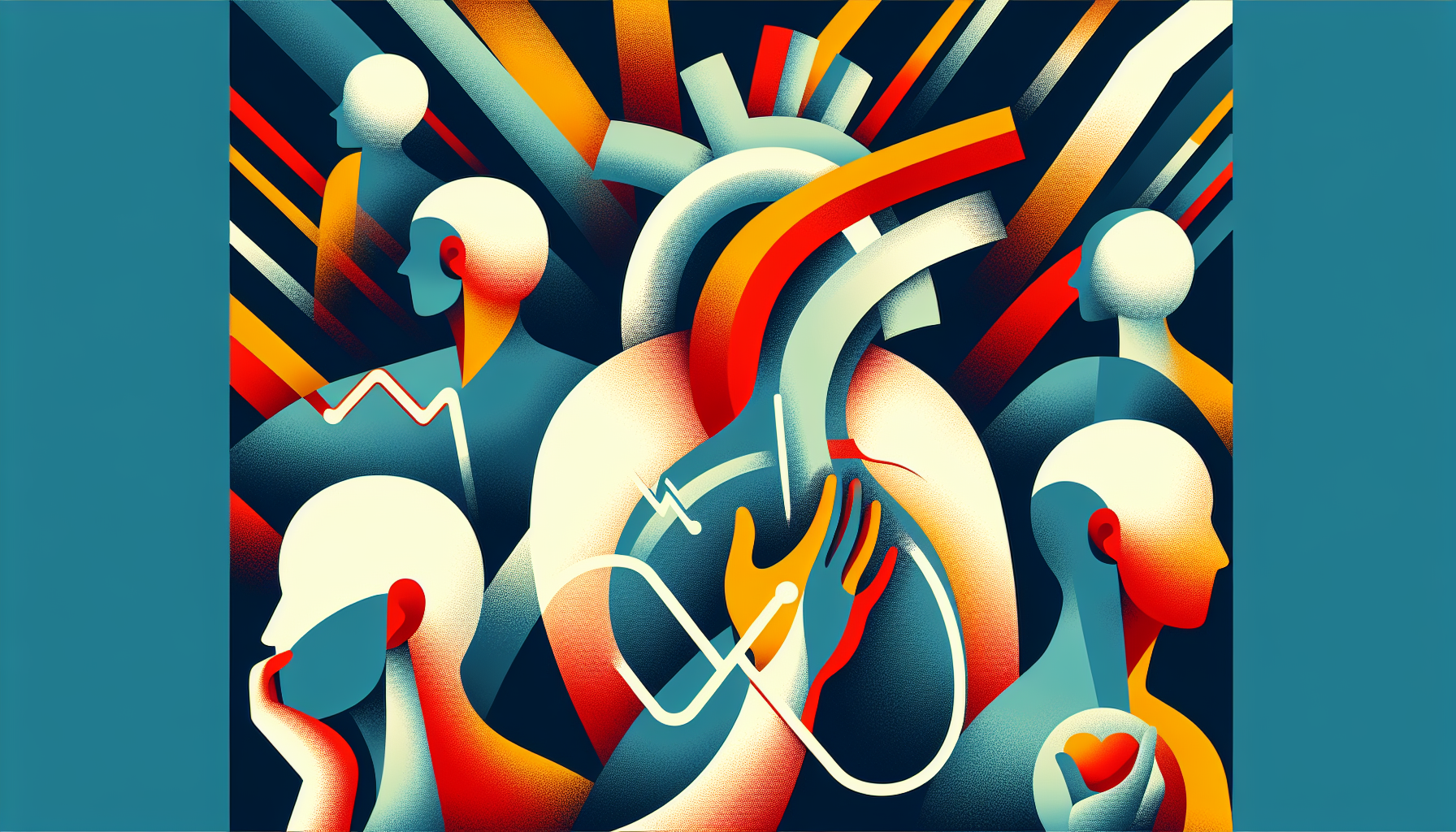Can an AI Doctor Prescribe Antifungal Medication?
Yes, AI doctors can help you get prescription antifungal medications. While the AI itself cannot legally prescribe, AI doctor platforms connect you with licensed physicians [...]
Read More
Medically reviewed by Abhijit Bhattacharyya | MD, PhD, MBA, Tufts University School of Medicine - Miami, Florida on June 24th, 2023.
Angina is a type of chest pain that occurs when there isn't enough blood flowing to a part of your heart. It can feel like pressure or squeezing in your chest and may spread to your shoulders, arms, neck, throat, jaw, or back. Angina is a symptom of heart disease and can be a sign of a life-threatening heart problem.

There are several types of angina:
Stable angina: The most common type, triggered by physical activity or stress and usually lasts a few minutes.
Unstable angina: Can occur while at rest and may be a signal of an impending heart attack.
Microvascular angina: Caused by problems with the smallest coronary arteries, more common in women.
Prinzmetal's angina (variant angina): A rare type that can happen at night while resting.
Angina symptoms may include:
Chest pain or discomfort
Aching, burning, or feeling of fullness or tightness in the chest
Pressure, heaviness, or squeezing sensation in the chest
Pain spreading to the shoulders, arms, neck, throat, jaw, or back
Shortness of breath
Sweating
Dizziness
Fatigue
Nausea or vomiting
Stable angina often improves with rest, while unstable angina may not and could worsen. Unstable angina is an emergency that requires immediate medical attention.
Angina is usually caused by heart disease, specifically when plaque builds up in the arteries, blocking blood flow to the heart muscle. This forces the heart to work with less oxygen, resulting in pain. Other less common causes include pulmonary embolism (blood clots in the lung), hypertrophic cardiomyopathy, aortic stenosis, pericarditis, and aortic dissection.
Risk factors for angina include:
Older age
Family history of heart disease
High blood pressure
High cholesterol
Diabetes
Obesity
Stress
Smoking
Lack of exercise
Sedentary lifestyle
To diagnose angina, your doctor will perform a physical exam, ask about your symptoms and risk factors, and may order tests such as an EKG, stress test, blood tests, imaging tests, cardiac catheterization, or coronary angiography.
Treatment for angina depends on the severity of the condition and may include:
Medications such as nitrates, calcium channel blockers, beta-blockers, blood thinners, or statins
Medical procedures like angioplasty, stenting, or coronary artery bypass grafting
Enhanced external counterpulsation (EECP) therapy
Lifestyle changes, including quitting smoking, eating a heart-healthy diet, managing stress, and exercising regularly
It's essential to work closely with your doctor to develop an appropriate treatment plan and make necessary lifestyle changes to manage angina and reduce your risk of a heart attack.
If you experience new or unusual chest pain and think you may be having a heart attack, call 911 immediately. Prompt treatment is crucial to minimize damage to your heart.
For more information on angina, visit the American Heart Association, National Heart, Lung, and Blood Institute, or consult with your healthcare provider.
Yes, AI doctors can help you get prescription antifungal medications. While the AI itself cannot legally prescribe, AI doctor platforms connect you with licensed physicians [...]
Read MoreUnderstanding Tirzepatide and Its Role in Diabetes ManagementTirzepatide is an innovative medication that has been gaining significant attention in the treatment of type 2 [...]
Read MoreUnderstanding Tirzepatide and Its EffectsTirzepatide is an innovative medication primarily used to manage type 2 diabetes and support weight loss. It works by mimicking the [...]
Read More